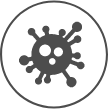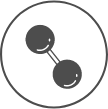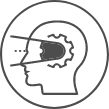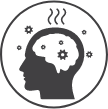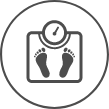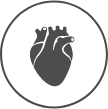
What is hypoxia?
Hypoxia is the condition where there is a lower than the normal oxygen concentration in the arterial blood. It happens when there is an interruption of the normal respiratory and therefore it can be the result of respiratory inadequacy.
The last years, the response of the human cells, tissues and body to either induced or innate hypoxia has attracted a lot of attention from the scientific community. In 2019 nobel prize in physiology or medicine was awarded jointly to William G. Kaelin Jr, Sir Peter J. Ratcliffe and Gregg L. Semenza “for their discoveries of how cells sense and adapt to oxygen availability.” They identified molecular machinery that regulates the activity of genes in response to varying levels of oxygen.
In parallel to their research, research on the effect of the intermittent hypoxia was intensified during the last 5 years all around the world. The use of the so-called intermittent hypoxia therapy (IHT) in athletic and military practices as well as medical applications for prevention and treatment of various diseases has gained interest among the scientific community and has shed light to the beneficial potential of the technology.
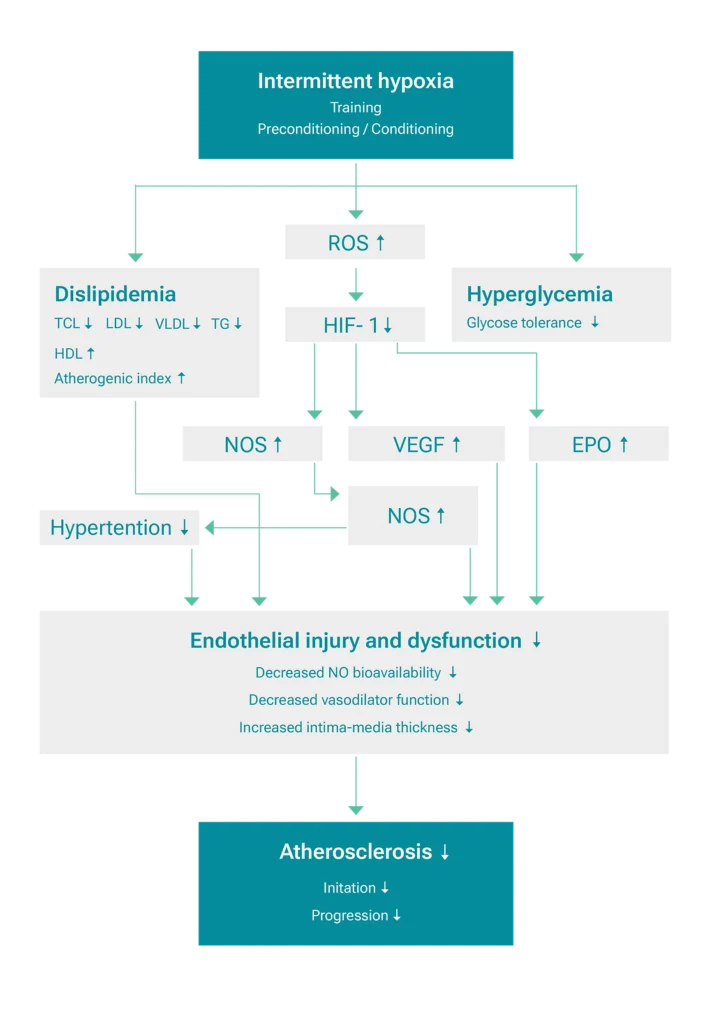
WHAT IS THE PRIMARY BIOLOGICAL EFFECT OF INTERMITTENT HYPOXIA?
The compensatory nature of the effect of the Intermittent Hypoxia on the human cells and consequently on the human tissues seems to be a complex issue. A lot of different mechanisms are modulated by intermittent hypoxia such as (but not limited to):
– Downregulation of reactive oxygen (ROS) and nitrogen (RNS) species
– Expression of hypoxia responsive genes including some for erythropoietin and growth factors
– Control of mitochondrial quality
These mechanisms are often interlinked and the basic research is focusing on exploring further their role to disease and its prevention, its treatment and even its healing.
HOW IS HYPOXIC THERAPY HAPPENING?
It involves breathing in hypoxic (low oxygen) air with intervals of hyperoxic (high oxygen) air. Normoxic (normal oxygen concentration) phases can replace the hyperoxic phases, but are generally less efficient, since the restoration of the normal SpO2 levels takes longer and the effect of the succesive hypoxic phase is decreased. The patient quietly inhales the air mixture supplied by the precisely controlled unit through a mask.
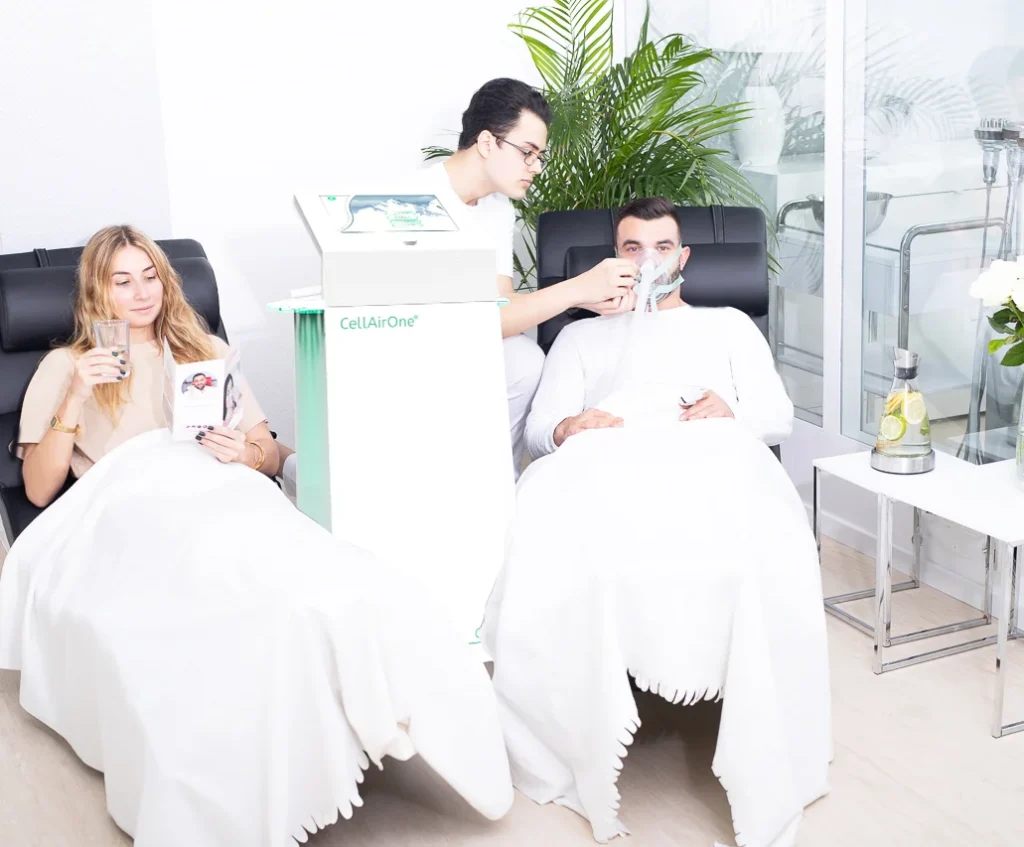
Celloxy MEDICINE
IHT significantly improves the control of mitochondrial quality, which is regulated by balance between the biogenesis –birth of new- and autophagic destruction –death of old- of mitochondria. In simpler words, a self imposed quality control is achieved by the establishment of fine balance between the elimination of damaged and dysfunctional mitochondria and the generation of new and “healthy” mitochondria.

Celloxy APPLICATION FIELDS
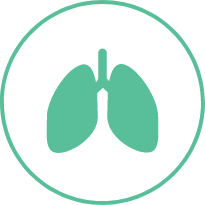
PULMONARY DISEASES
One of the most striking therapeutic perspectives of IHT is its application in respiratory insufficiencies. It can be used as a therapeutic tool to restore lost respiratory motor output in severe clinical disorders such as amyotrophic lateral sclerosis, spinal cord injury, apnea and chronic obstructive pulmonary disease (COPD).
WEIGHT MANAGEMENT
METABOLIC DISORDER
In metabolic syndrome the metabolic hormones alter, leading to increased food intake, obesity, hypertension and insulin resistance. IH protocols have been shown to have a beneficial effect on metabolism including reduction of body weight, cholesterol and blood sugar levels.
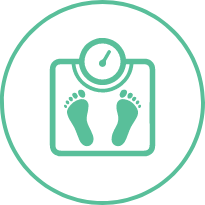
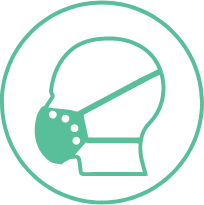
INDUSTRIAL HEALTH
Studies have concluded that IHT can be used as a preventive therapy for professionals dealing with harmful substances. Research has shown that it caused significant improvements in the respiratory system and in the feeling of well-being in populations working in an aggravating for the lungs environment.
STRESS MANAGEMENT BURNOUT
Mitochondrial disorders have been directly associated with chronic fatigue and also identified as coexisiting condition in patients diagnosed with burnout. IHT regenerates the mitochondria and therefore, offers a non – pharmacological option for treating conditions that influence not only the individual suffering from it, but also the socioeconomic prosperity of the community.
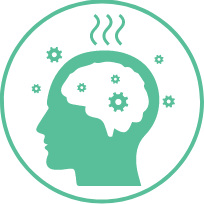
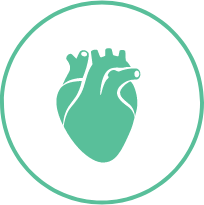
CARDIOVASCULAR DISEASES
Moderate IH protocols elicit beneficial cardiovascular effects. Specifically, there is evidence that IH conditioning is safe and effective therapy both for the prevention and the treatment of systematic hypertension, while it is also a promising therapeutic strategy in myocardial infraction.
COGNITIVE | GERIATRIC
IHT has been proved to be an easy and safe therapy that improves cognitive performance and functional exercise capacity in geriatric patients. Considering the effect of the therapy on mitochondria, IHT promises to offer a higher quality of life to the silver generation.
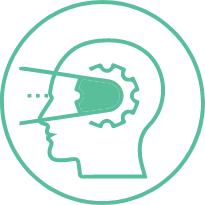
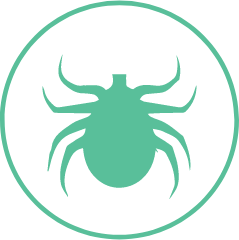
TREATING BORRELIOSE
Chronic (reactivated) Lyme disease has become an endemic problem in the past 10 years. The antibiotic therapy has been shown to be effective only in the early phase after infection. Existing clinical double-blind studies concluded that an antibiotic therapy of chronic Lyme disease is not indicated, and the patients do not benefit symptomatologic.
Borrelia produces inflammatory cytokines that harm mitochondria energy production. This can cause an impairement of the immune system decreasing its anosological reaction towards the bacteria and creating a vicious cycle that favours Borrelia. IHHT can increase the quality of the mitochondria on our tissues relieving the effect of the Borelia infection.
However, apart form the strengthening of the immune system against the bacterial intruders, it seems that IHHT can prevent Borrelia from progressing through the following mechanisms:
– Exposure of the Borellia in a hyperoxic environment after first inducing blood hypoxia that encourages its reproduction and circulation
– By increasing the oxygen transfer to the hypoxic shelters of Borellia through the production of nitrous oxide
– By the toxicity of NO to the bacterial genome
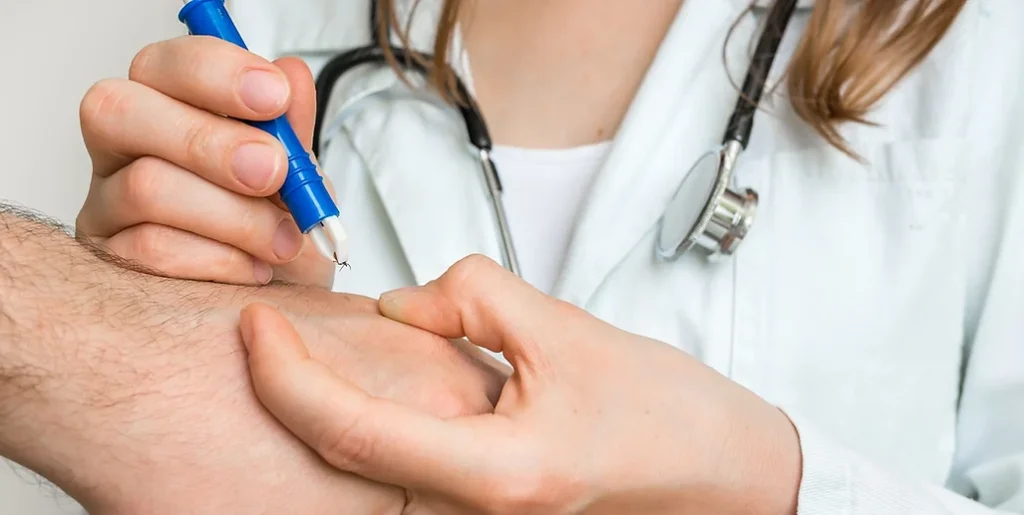
MAIN TRAINERS:
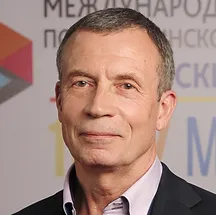
After graduating from Moscow Setchenov Medical Academy, worked for 10 years in biomedical research with divers and astronauts. From 1994 he lived and practiced holistic and integrative medicine in Heidelberg. From 2000 to 2004 he looked after top athletes in the USA as a medical consultant. He holds patents in the field of application of hypoxic therapy and therapeutic hypoxia and has published relevant articles in scientific journals.
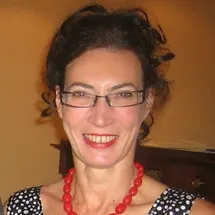
Studied chemistry, biology and medicine in Gießen, Bochum, Düsseldorf and Magdeburg. Her research activity since 1984 can be assigned to basic research, clinical research and translational research. In particular, she has dealt with the pathogenicity of bacteria, parasites and viruses as well as the immunology of infectious diseases. Her clinical fields of activity range from infectious diseases and various forms of allergy to cancer. Since 2010, she has placed the diagnostics, therapy and prevention of mitochondrial dysfunction at the center of scientific and clinical activity as a kind of link between the various fields of science. This interdisciplinary nature of her work is reflected in well over three hundred scientific publications.
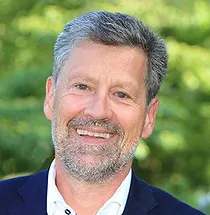
Since 2010 speaker for various companies and specialist societies in the field of prevention, stress disorders, heart rate variability, orthomolecular medicine, functional medicine, corporate health management, nutritional advice and interval hypoxia-hyperoxia therapy. First and co-author of several scientific publications on the subject of intermittent hypoxia. Founder and shareholder of Health-Prevent GbR, center for functional medicine, prevention and health promotion in Hanover.
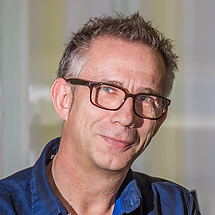
He is the founder and co-founder of Fit4Life, a fitness and health center in Siggenthal Station (Switzerland). He is a metabolism expert and has been operating a celloxy multi-user system for over five years; before that he worked with a single device. Fit4Life is responsible for selling the celloxy and looking after customers in Germany, Austria and Switzerland – as well as for the content of the seminars and workshops. Regular training evenings and courses (metabolism consultants) with a focus on IHHT are held at Siggenthal Station and in Berlin.
Celloxy SPORTS
Celloxy technology helps the reprograming of cell metabolism using interval hypoxic-hyperoxic therapy (IHHT). The hypoxic gas is the major trigger for the accelerated proliferation of new, healthy mitochondria. The exhausted, dysfunctioning mitochondria are eliminated and the proliferation of healthy mitochondria is enhanced.
Procedure:
- During an IHHT session your patient lies down and breathes air through a mask
- An oximeter is placed on a finger
- The air contains either low oxygen (hypoxia) or high oxygen (hyperoxia)
- During the session the SPO2, the HR and the breathing frequency is monitored
- It changes the oxygen concentration, and resumes the treatment protocol once normal again
- The patient feels relaxed and in most of the cases falls asleep
- A complete session lasts only 30 – 60 minutes
- After treatment the patient can return to normal activities. Hard physical exercise should be avoided
- 10-15 sessions are suggested for most conditions
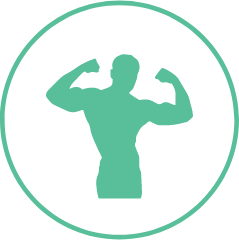
WITH celloxy YOU CAN ACCHIEVE:
Better utilization of oxygen, consequently better endurance performance
Mental clarity during physical activity and Improved sympatho parasympathico index
Improved aerobic and anaerobic performance
Quicker recovery form sport injuries and from the overtraining syndrome
Increased duration of acute physical load
During IHHT, controlled, therapeutic hypoxia (9–15% oxygen) and hyperoxia (36% oxygen) are implemented in interval. Mitochondria offer to the body the energy necessary in order to successfully respond to physical loads during any type of physical activity!

MORE RESOURCES:
About the manufacturer:
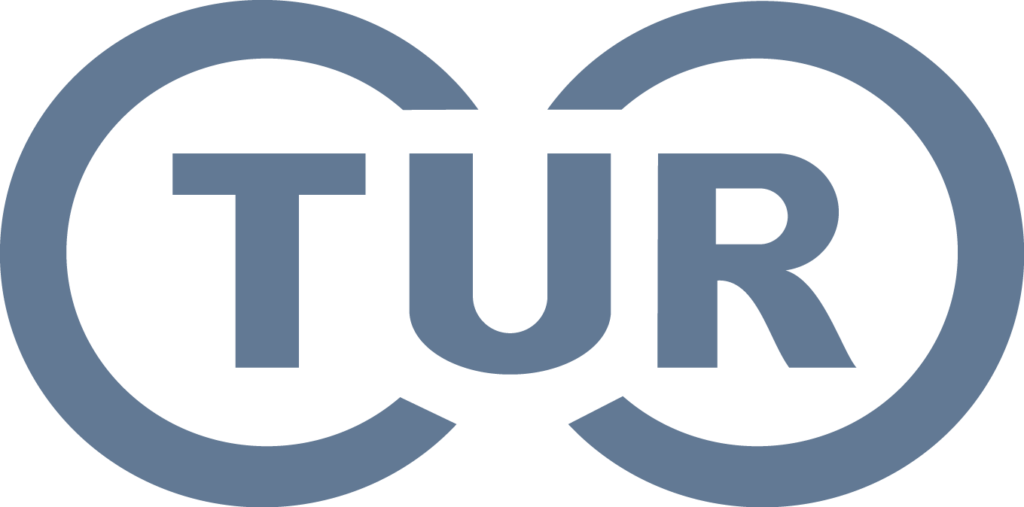
The founding of TUR group is an important milestone in our quest toward the establishment of the complete customer support service stipulated in our corporate philosophy.
TUR can be proud to have inherited a tradition, a knowledge and a history that go back to 1904!
| 2018 | A complete set of work simulation accessories and a universal functional pattern adapter -fly wheel- perfects the isoforce isokinetic range. |
| 2017 | TUR sponsors and becomes partner of the Body Health Clinic in Berlin. TUR academy organizes training and seminars and is housed in the clinic. |
| 2016 | The Thermatur line is successfully redesigned and presented for the first time during Medica trade fair in November of the same year. |
| 2015 | The new cryotherapy air flow system Cryotur STREAM is introduced to the market. |
| 2010 | TUR develops an intermittent hypoxic training therapy system (IHHT). It is commercialized under the name CellAirOne. The system treats mitochondrial disorders through an advanced celltrainig method. |
| Feb2007 | The development of the totally new equipment generation is completed and series production and delivery can get underway. |
| Jan2007 | TUR GmbH is founded in Dresden with a focus on carrying out marketing and distribution for the TUR group of companies. |
| 2006 | TUR Elektromedizin plus GmbH is founded in Hohen Neuendorf with the objective of developing a new generation of “human interfaces” for electromedicine and other applications. |
| 2004 | Shortly after its founding,Therapietechnik Rostock GmbH purchases the assets for the development,production and distribution of devices for physical therapy and electromedical cosmetics from TUR-Elektromedizin GmbH and acquires the brands “TUR elektromedizin” and “TUR cosmetics”. With only 10 employees the company is now starting out again just as small as it was at the time of its founding in 1904. |
| 1991 | Restructuring following German reunification While Siemens takes over the sector of x-ray technology,the sector of transformers,instrument transformers and high-voltage technology goes to the Ritz Group. As a result of a management buyout and the founding of TUR-Elektromedizin GmbH in Hohen Neuendorf near Berlin,the business sector of medical electronics – with a focus on physical therapy – is now independent. |
| 1989 | TUR employs more than 5,000 people. |
| 1958 | The company adopts its well-known logo in time for the Leipzig Spring Fair. |
| 1950 | Start-up of the production of devices for physical therapy. As a result of the takeover of the company ELMED in Hohen Neuendorf near Berlin in 1964,this business sector becomes one of the mainstays of TUR’s business. |
| 1946 | The company located in East Germany is expropriated and is now state-owned. Several years later VEB TUR (Transformer and X-Ray Factory Dresden) is founded. |
| 1943 | The work force now numbers 1,840 |
| 1914 | Koch & Sterzel employ more than 200 people After the first world war the business sectors of power transformers,high-voltage testing equipment and instrument transformers evolve into mainstays of the company. Between 1923 and 1932 the company also produces radios |
| 1904 | On 1 October of this year Franz Josef Koch and Kurt August Sterzel found the company Koch&Sterzel “Special Factory for Scientific Apparatuses and Instruments” in Dresden,Germany. The development and manufacture of x-ray equipment by the company is based on basic patents – especially patents obtained by the company’s founders. The company employs 10 people; from the beginning it is one of the most innovative medical technology firms. |


